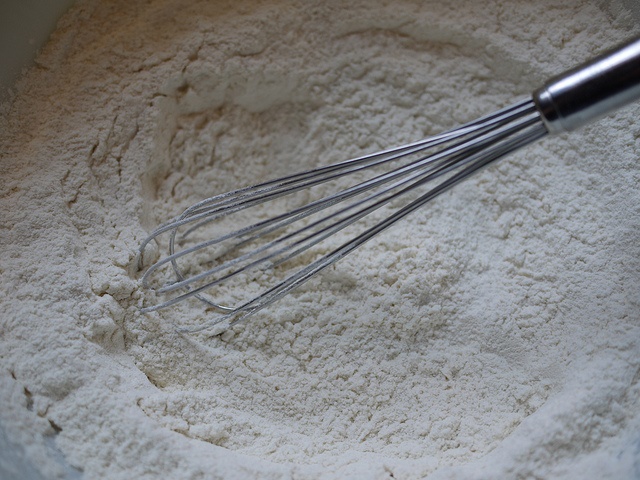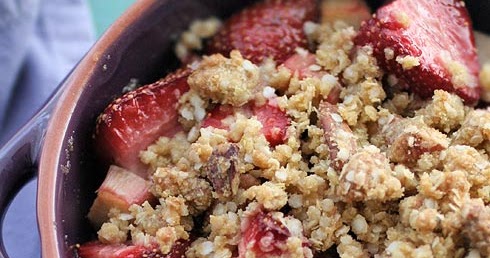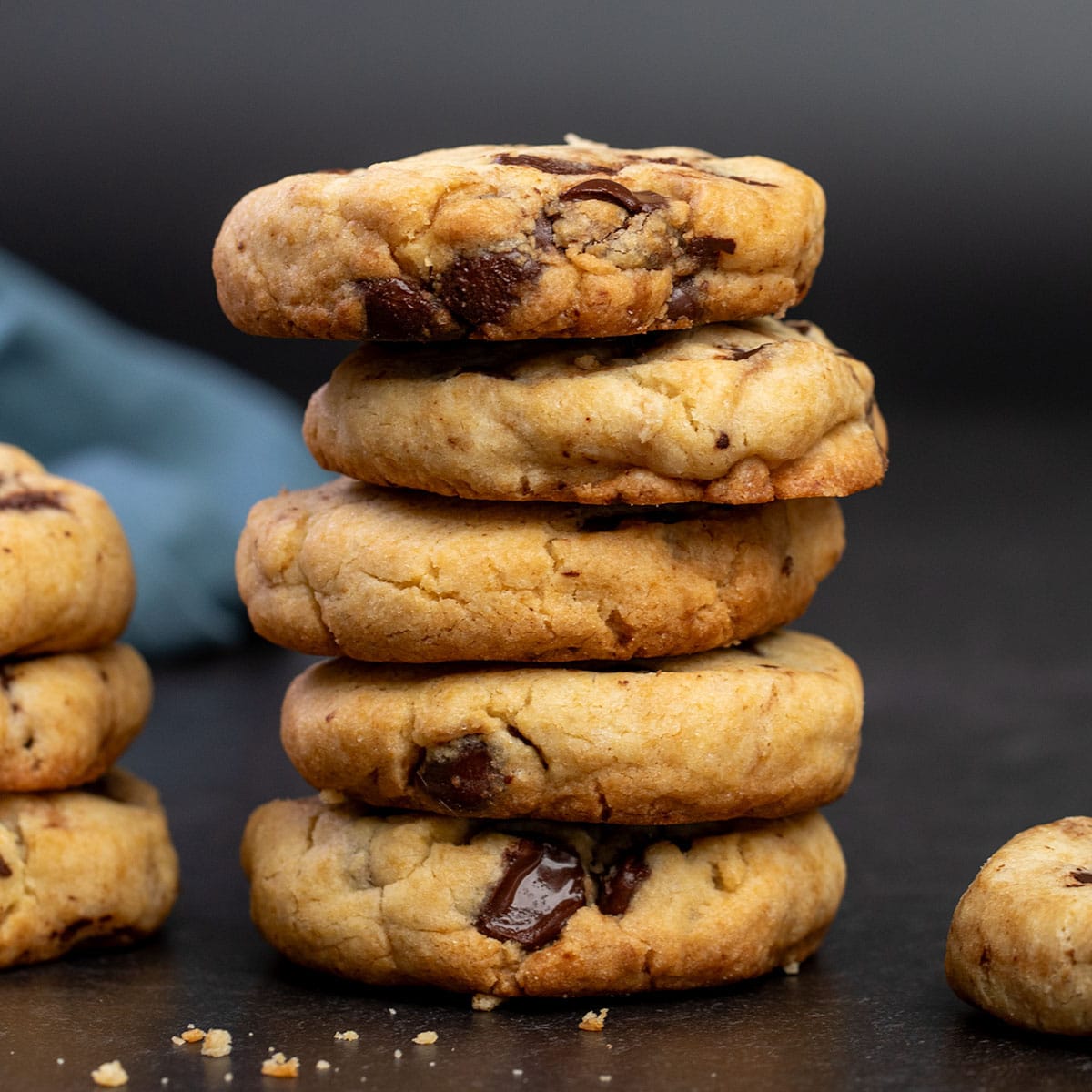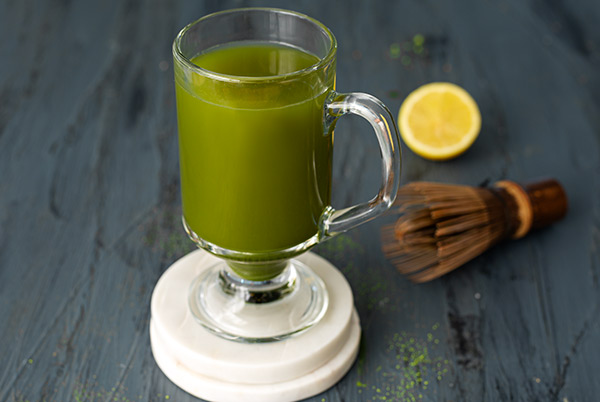Gummy, undercooked, doughy – all words used to describe the same thing – gluten free bread that has this very unappealing look and taste. Welcome to the second topic in our series, Your Gluten Free Bread Problems, Answered.
The first post is here in case you missed it – ‘why is my gluten free bread so dry and crumbly?’
Gumminess is an issue that makes gluten free breads almost impossible to eat. It can happen to any bread – rolls, muffins, loafs, scones, even pancakes. It’s that terrible gummy texture that you don’t notice till you go to take a bite or tear into that roll.
Yuck.
So this brings us to the next topic…
Problem: Gluten Free Bread that has a gummy texture
Why does it happen?
Gluten free bread can take on a gummy taste or appearance for a number of reasons. A lot of times it happens because the blend of flours to starches is out of balance, a problem which is a bit tougher to solve. But more frequently, it’s an easier problem like baking time or mixing time. According to Udi’s Gluten Free, air bubbles play a part in your final product as well.

The solution
The solution to a wonderfully textured, non-gummy bread or gluten free baked good starts with the recipe and then ends with the final product and the cooling process. So starting with the recipe…
The starch to flour ratio the recipe calls for can lead to gummy results. If the recipe you are following is more than 50{5676e3b156b07d12bd9df9fe13d641a85da396026abde11a1ff2d0afc1b3c015} starches, you are going to have a very gummy loaf of bread. Think of it this way, the total flour / starch combination in your recipe is 100{5676e3b156b07d12bd9df9fe13d641a85da396026abde11a1ff2d0afc1b3c015}. There should be no more than 20{5676e3b156b07d12bd9df9fe13d641a85da396026abde11a1ff2d0afc1b3c015} – 25{5676e3b156b07d12bd9df9fe13d641a85da396026abde11a1ff2d0afc1b3c015} of each type of starch in a recipe. So tapioca, cornstarch, potato or arrowroot starch. So if the recipe calls for 1 cup of brown rice flour, ½ cup of sorghum flour and ½ cup of millet flour; the starch might be something like ½ cup potato starch and ½ cup tapioca starch.

Speaking of tapioca starch… sometimes tapioca starch can produce a gummy loaf. Even if it’s within the 20{5676e3b156b07d12bd9df9fe13d641a85da396026abde11a1ff2d0afc1b3c015} range. The reason? Lighter flours. Something as light as sorghum flour or white rice flour needs a balance with a heavier flour like millet to prevent the tapioca starch from making the bread gummy.
Then when you mix the batter, mix it well to create a lighter, air-pocketed batter. Gluten free bread dough is not like normal bread dough, it benefits from being well mixed. 3 minutes is not uncommon.
The pan size also plays a part in gluten free baking. Sometimes even the slightest substitution in pan – an 8 x 4 for a 9 x 5 can make a world of difference. I swear by these pans. The bread gets a nice rise, doesn’t fall and bakes up nice every time.
The last recommendation is probably the hardest to do. Waiting.
After the bread tests done with your thermometer, turn off the oven, open the oven door and let it sit in there and cool for a few minutes before removing it to a wire rack. Allowing the bread to hang out in the oven for a bit, might be just the thing to help it firm up and completely avoid a gummy texture.
Then when it’s time to take it out of the pan, let it cool completely before cutting into it. Bread hot from the oven has a tendency to be gummy, so allow it to cool before slicing it.
Despite the difference in gluten free bread compared to normal bread, gluten free bread should not be gummy or have an undercooked center. It IS possible to have a wonderful tasting loaf, it just requires some troubleshooting. In the next post, we’ll look at xanthan gum and how to go without it in gluten free breads.
Want to get these posts delivered to your inbox? Sign up below and get some recipes too!
The post Why does my Gluten Free Bread have a Gummy Texture? appeared first on Gluten Free Bread.
(c) Gluten Free Bread – Read story here.


